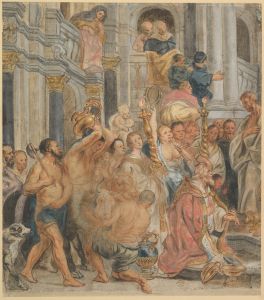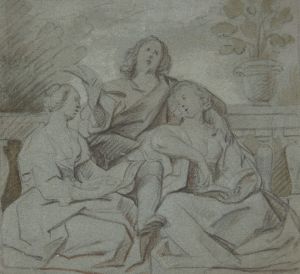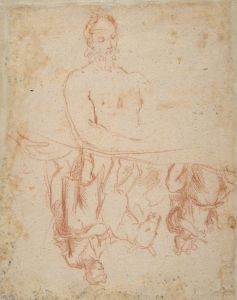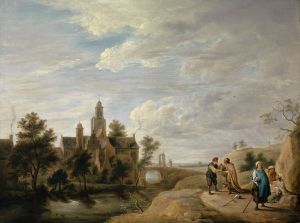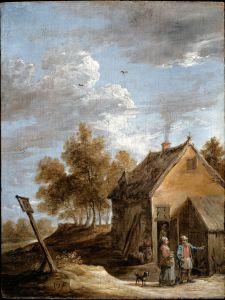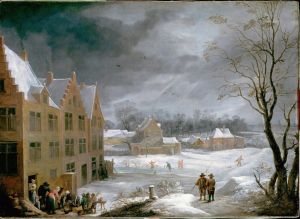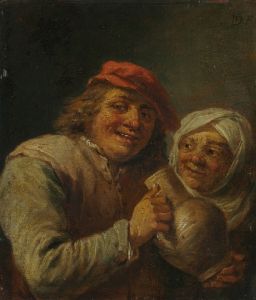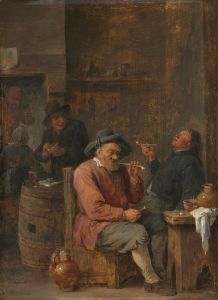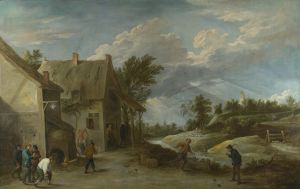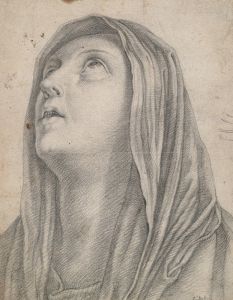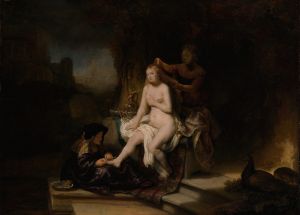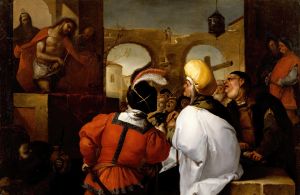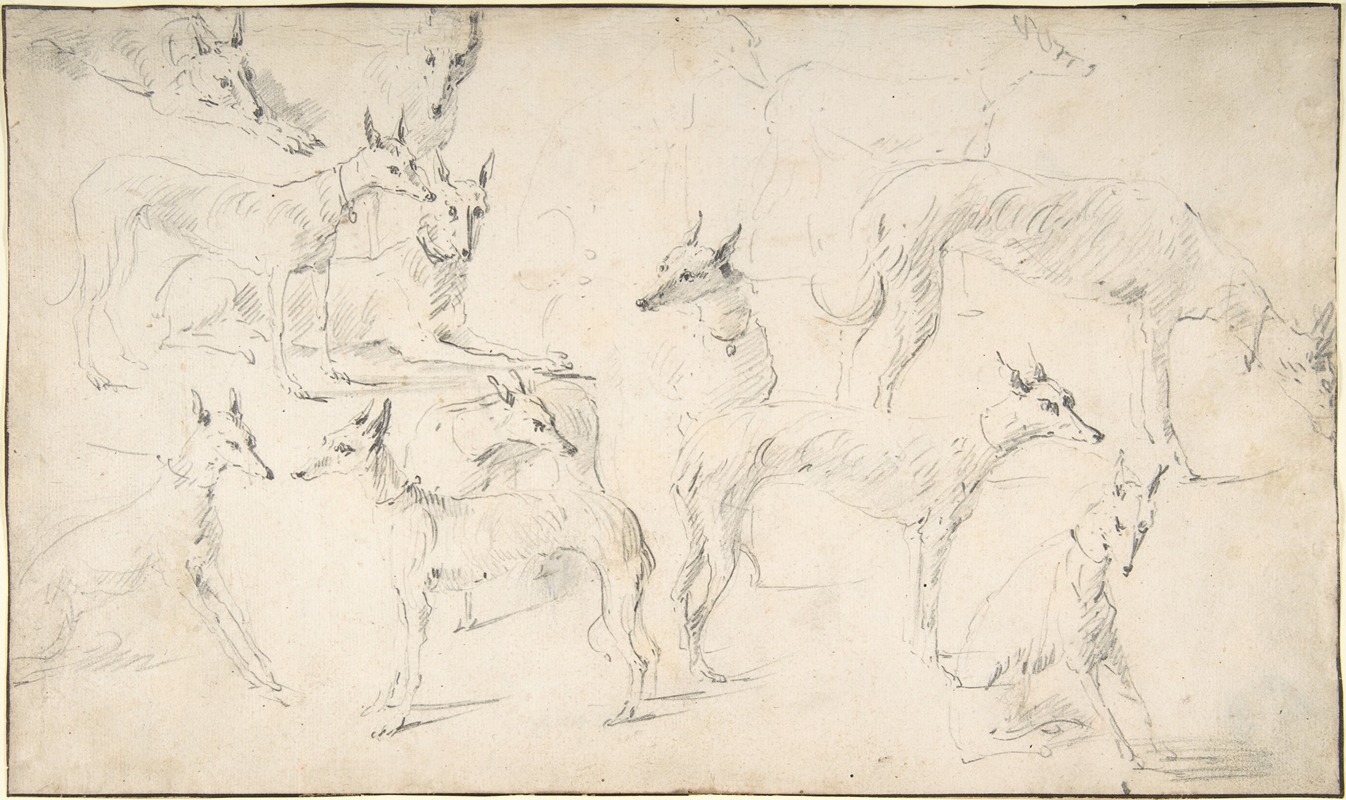
Studies of Hounds
A hand-painted replica of David Teniers The Younger’s masterpiece Studies of Hounds, meticulously crafted by professional artists to capture the true essence of the original. Each piece is created with museum-quality canvas and rare mineral pigments, carefully painted by experienced artists with delicate brushstrokes and rich, layered colors to perfectly recreate the texture of the original artwork. Unlike machine-printed reproductions, this hand-painted version brings the painting to life, infused with the artist’s emotions and skill in every stroke. Whether for personal collection or home decoration, it instantly elevates the artistic atmosphere of any space.
"Studies of Hounds" is a painting attributed to David Teniers the Younger, a prominent Flemish artist of the 17th century. Teniers was known for his versatility, producing works in genres such as landscapes, genre scenes, and still lifes, as well as animal studies. This particular painting focuses on the depiction of hounds, showcasing the artist's skill in rendering animals with lifelike detail and naturalism.
David Teniers the Younger was born in Antwerp in 1610 and became one of the leading painters of his time. He was the son of David Teniers the Elder, also a painter, and was heavily influenced by his father's work as well as by other Flemish masters such as Peter Paul Rubens and Adriaen Brouwer. Teniers the Younger gained significant recognition during his lifetime and served as the court painter to Archduke Leopold Wilhelm of Austria, who was an avid art collector.
"Studies of Hounds" reflects Teniers' interest in capturing the natural world, particularly animals, which were a recurring subject in his oeuvre. The painting features a group of hounds, depicted with careful attention to their anatomy, posture, and expressions. The composition suggests that the work may have been intended as a study or preparatory piece, possibly for a larger hunting scene or another related subject. The hounds are portrayed in various poses, emphasizing their physicality and movement, which demonstrates Teniers' keen observational skills.
The painting is executed in oil on canvas, a medium commonly used by Teniers. His technique is characterized by a loose yet precise brushwork that allows for both detail and a sense of spontaneity. The color palette is naturalistic, with earthy tones that enhance the realism of the animals and their surroundings.
While "Studies of Hounds" is not as widely known as some of Teniers' other works, such as his tavern scenes or depictions of peasant life, it remains an example of his ability to capture the essence of his subjects. The painting is part of the broader tradition of animal studies in European art, which gained popularity during the Baroque period as artists sought to explore the diversity and beauty of the natural world.
The current location of "Studies of Hounds" and its provenance are not widely documented, and further research may be required to establish a more comprehensive history of the painting. However, it stands as a testament to David Teniers the Younger's artistic range and his contribution to the Flemish Baroque tradition.





